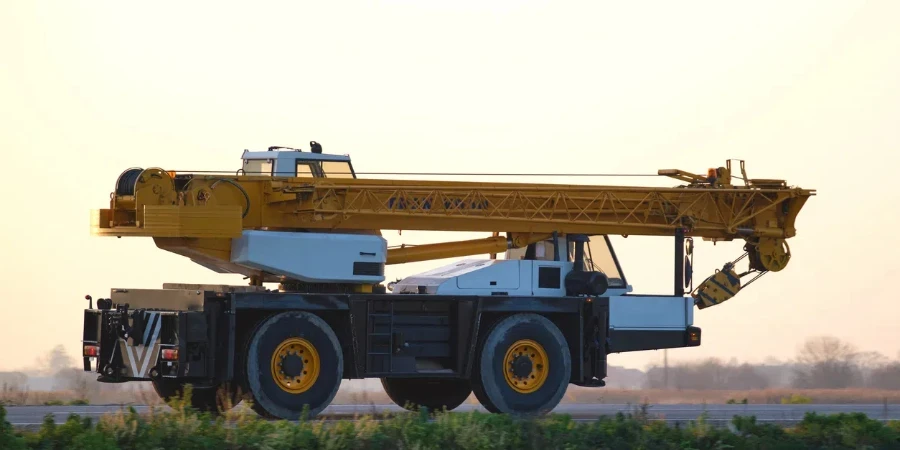In 2025, the truck crane market is booming due to rapid urbanization and infrastructure projects. This article offers an in-depth analysis of key factors professional buyers must consider when selecting a truck crane, including load capacity, boom length, mobility, safety features, and compliance with regulatory standards. This guide aims to assist professional buyers in making well-informed decisions, ensuring operational efficiency and safety.
Sommario:
-Global Truck Crane Market: An In-depth Analysis for 2025 and Beyond
-Key Factors When Selecting a Truck Crane
-Advanced Technology Features in Modern Truck Cranes
- Fascia di prezzo e considerazioni sul budget
-Compliance with Regulatory Standards
-Considerazioni finali
Global Truck Crane Market: An In-depth Analysis for 2025 and Beyond
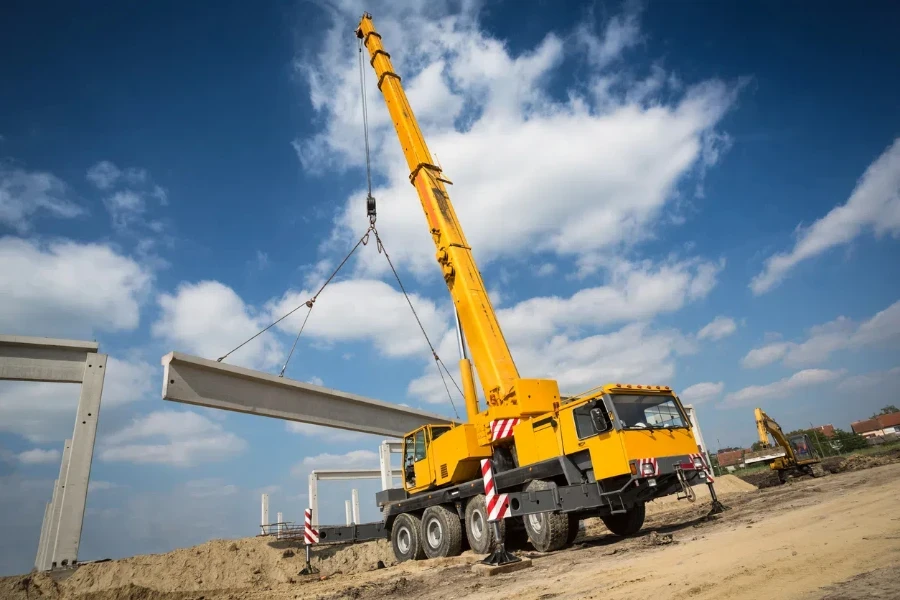
Market Overview: Truck Crane Market Insights
The global truck crane market is set to grow significantly, driven by infrastructure developments and urbanization. In 2024, the market was valued at USD 8.11 billion, and it is forecasted to reach USD 11.09 billion by 2030, with a compound annual growth rate (CAGR) of 5.3%. This growth highlights the rising demand for heavy lifting equipment in construction, energy, and logistics sectors.
Truck cranes, known for their mobility and versatility, are essential in building construction, bridge erection, and industrial maintenance. The market is segmented by capacity: less than 200 tons, 200-500 tons, and more than 500 tons. The 200-500 ton segment is expected to dominate due to its use in medium to large-scale projects.
The Asia-Pacific region is expected to lead market growth, driven by industrialization and infrastructure projects in China and India. The region’s construction sector and investments in transportation and energy infrastructure increase the demand for truck cranes. North America and Europe also offer substantial opportunities due to urban renewal projects and advancements in crane technology.
Key Dynamics Shaping the Truck Crane Market
Several factors influence the truck crane market’s growth. A critical performance benchmark is the cranes’ lifting capacity and operational efficiency. Manufacturers focus on enhancing these aspects through technological innovations, such as integrating telematics and automation systems to improve performance and safety.
Leading players like Liebherr-International Deutschland GmbH, Terex Corporation, and XCMG Group hold significant market shares due to their extensive product portfolios and strong distribution networks. These companies invest in research and development (R&D) to introduce features like real-time monitoring and predictive maintenance, which are popular among end-users.
Economic factors, especially in emerging economies, drive market expansion. Government initiatives for infrastructure development and smart cities increase demand for truck cranes. However, fluctuations in raw material prices and strict emission regulations pose challenges, pushing manufacturers to find sustainable and cost-effective solutions.
Consumer behavior is shifting towards eco-friendly and technologically advanced cranes, driven by environmental sustainability awareness and the need to reduce operational costs. Digital trends, such as the Internet of Things (IoT) and big data analytics, are transforming the market by enabling real-time data collection and enhancing efficiency.
Innovations and Market Strategies in the Truck Crane Industry
Recent innovations in the truck crane market focus on automation, safety, and sustainability. Advanced control systems and telematics are revolutionizing crane operations, offering features like remote diagnostics and automated safety checks. These advancements improve efficiency and reduce downtime and maintenance costs.
Truck cranes typically have a long operational life, spanning over 20 years with proper maintenance. However, there is a trend towards replacing older models with newer, more efficient cranes due to technological advancements and compliance with updated safety and emission standards.
Brand positioning and differentiation are crucial for maintaining a competitive edge. Companies are offering customized solutions tailored to specific needs, such as enhanced maneuverability for urban construction or high-capacity cranes for industrial applications. Strategic partnerships with technology providers help manufacturers integrate cutting-edge technologies into their products.
Niche markets, like the renewable energy sector, present significant growth opportunities. The installation and maintenance of wind turbines require specialized truck cranes with high lifting capacities and precise control mechanisms. Companies catering to these niche requirements can gain a competitive advantage.
Key Factors When Selecting a Truck Crane
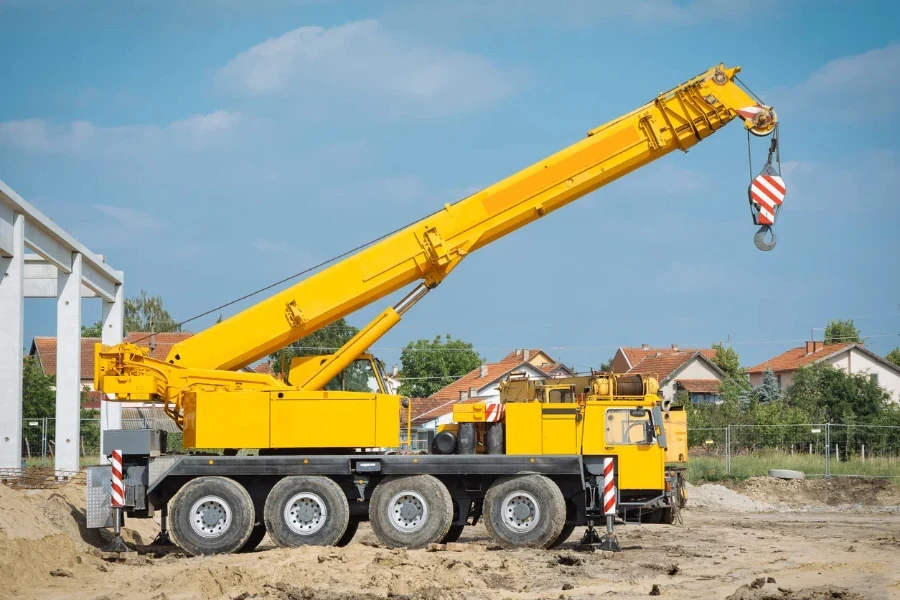
Capacità di carico
When selecting a truck crane, one of the most critical factors to consider is its load capacity. This specification determines the maximum weight the crane can lift safely. Truck cranes typically range from 10 tons to over 100 tons. Understanding your project’s specific lifting requirements will guide you in choosing the right crane. Additionally, consider the crane’s load chart, which provides detailed information on its lifting capacity at various boom lengths and angles.
Boom Length and Type
The boom is a crucial component of a truck crane, and its length and type significantly impact the crane’s versatility and reach. Truck cranes often feature either a telescopic or lattice boom. Telescopic booms are adjustable and consist of multiple sections that can extend and retract, providing flexibility for different lifting heights and distances. Lattice booms, on the other hand, are constructed from high-strength steel truss sections and offer superior strength for heavy lifts but are less adjustable. The choice between these two types depends on your project’s specific needs, such as the height and reach required.
Mobilità e manovrabilità
Truck cranes are valued for their mobility, allowing them to be transported to various job sites efficiently. When selecting a truck crane, consider the vehicle’s mobility features, including its driving speed, turning radius, and ability to navigate rough terrain. Some truck cranes are equipped with all-terrain capabilities, making them suitable for challenging construction sites. Additionally, evaluate the crane’s outrigger system, which provides stability during lifting operations, for its ease of deployment and effectiveness on different ground conditions.
Caratteristiche e standard di sicurezza
Safety is paramount in crane operations, and modern truck cranes come equipped with various safety features to ensure secure lifting. Key safety features to look for include load moment indicators (LMI), which monitor the crane’s lifting capacity and warn operators of potential overloads, and anti-two block systems that prevent the hook block from contacting the boom tip. Compliance with safety standards such as ANSI/ASME B30.5 for mobile cranes is essential to ensure that the crane meets industry regulations and provides a safe working environment.
Manutenzione e praticità
Regular maintenance is crucial for the longevity and reliability of a truck crane. When selecting a crane, consider the availability of maintenance services and the ease of accessing critical components for inspections and repairs. Manufacturers often provide maintenance schedules and service manuals to assist operators in keeping the crane in optimal condition. Additionally, the availability of spare parts and technical support from the manufacturer or authorized dealers can significantly reduce downtime and ensure the crane remains operational when needed.
Advanced Technology Features in Modern Truck Cranes
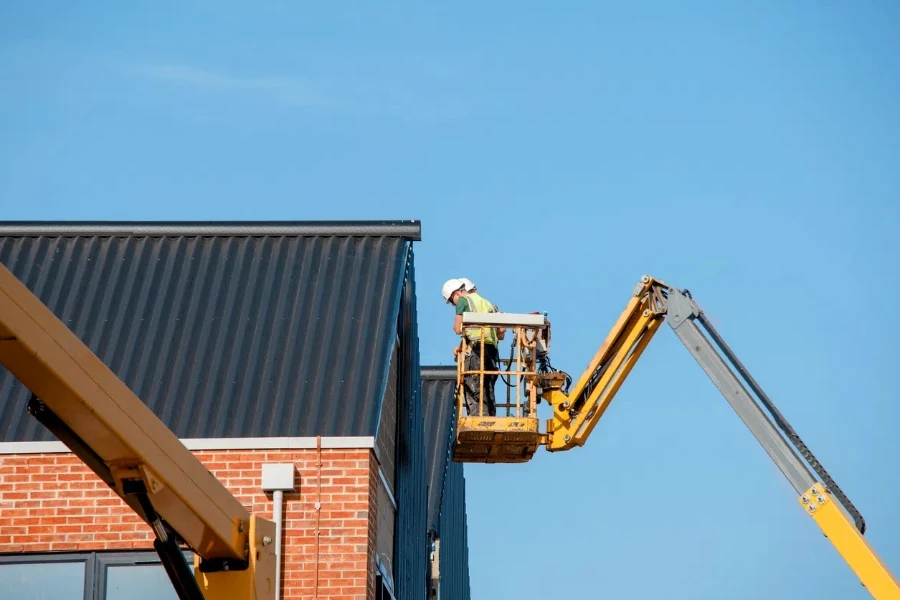
Modern truck cranes are equipped with advanced technology features that enhance their performance, safety, and ease of operation. One such feature is the integration of telematics systems, which provide real-time data on the crane’s operation, including load weights, boom positions, and engine performance. This data can be accessed remotely, allowing fleet managers to monitor and optimize crane usage across multiple job sites.
Another technological advancement is the use of automated control systems that assist operators in performing precise lifts. These systems can include features such as automatic leveling, which ensures the crane remains stable on uneven ground, and automated boom positioning, which simplifies complex lifting tasks. Additionally, some truck cranes are equipped with GPS and geofencing capabilities, enabling precise tracking of the crane’s location and movement.
Considerazioni sulla fascia di prezzo e sul budget
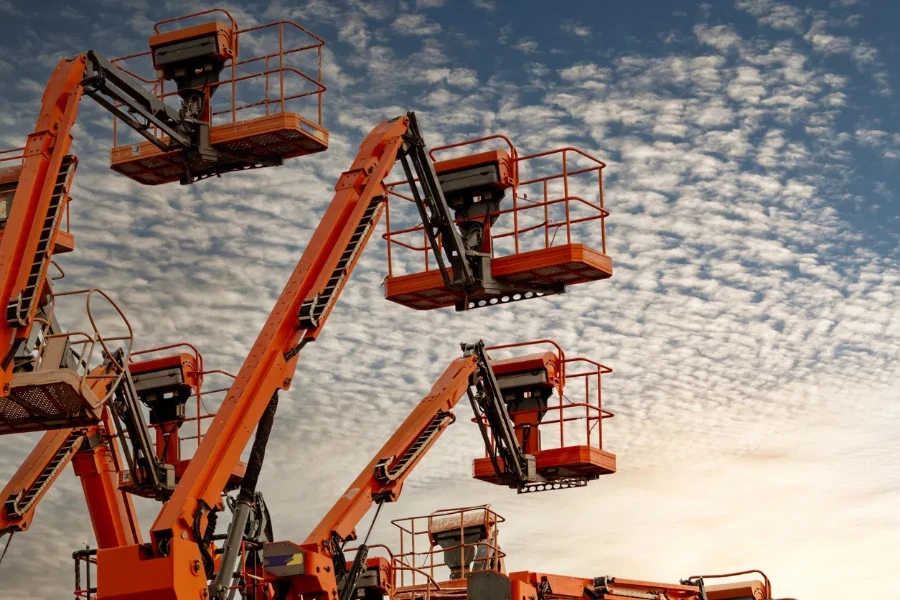
The price of a truck crane can vary widely depending on its specifications, features, and brand. Entry-level truck cranes with basic features and lower load capacities can start at around $100,000, while high-capacity cranes with advanced technology and all-terrain capabilities can exceed $1 million. When budgeting for a truck crane, consider not only the initial purchase cost but also the total cost of ownership, which includes maintenance, fuel, insurance, and operator training.
Financing options, such as leasing or installment plans, are available from many manufacturers and dealers, making it easier for businesses to acquire necessary equipment without a significant upfront investment. Additionally, evaluating the crane’s resale value can provide insights into its long-term financial viability, as well-maintained cranes from reputable brands tend to retain their value better over time.
Conformità agli standard normativi
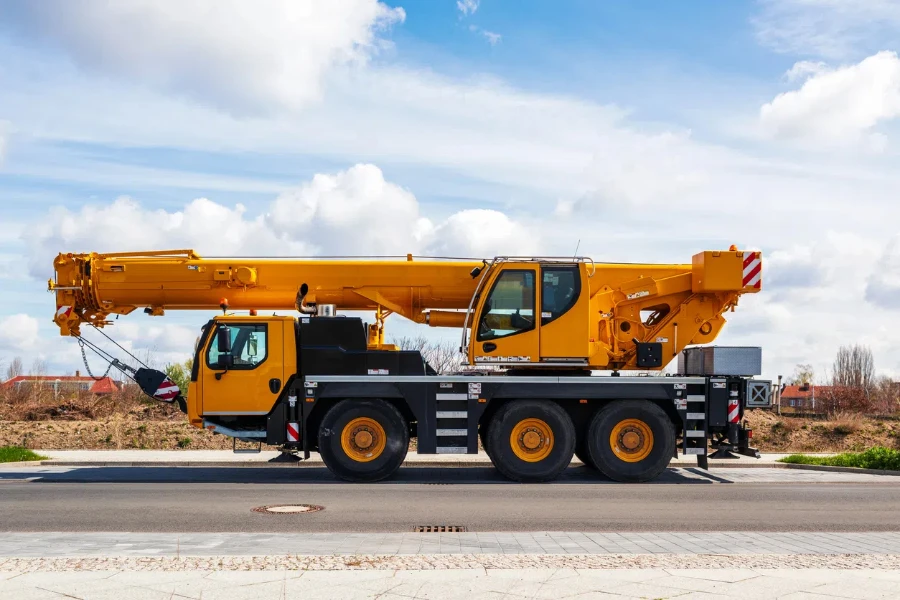
Truck cranes must comply with various regulatory standards to ensure safe and efficient operation. In the United States, the Occupational Safety and Health Administration (OSHA) sets guidelines for crane operations, including requirements for operator certification and regular inspections. Additionally, the American National Standards Institute (ANSI) and the American Society of Mechanical Engineers (ASME) provide standards such as ANSI/ASME B30.5, which covers the design, construction, and testing of mobile cranes.
Compliance with these standards is critical for legal and safety reasons. Manufacturers typically provide documentation and certifications that verify their cranes meet these regulations. It’s also essential for operators and maintenance personnel to stay updated on any changes to these standards and ensure their practices align with the latest requirements.
Considerazioni finali
In summary, selecting the right truck crane involves evaluating several key factors, including load capacity, boom length, mobility, safety features, maintenance requirements, and compliance with regulatory standards. Advanced technology features and budget considerations also play a significant role in the decision-making process. By thoroughly assessing these aspects, businesses can choose a truck crane that meets their operational needs and ensures safe and efficient lifting operations.
